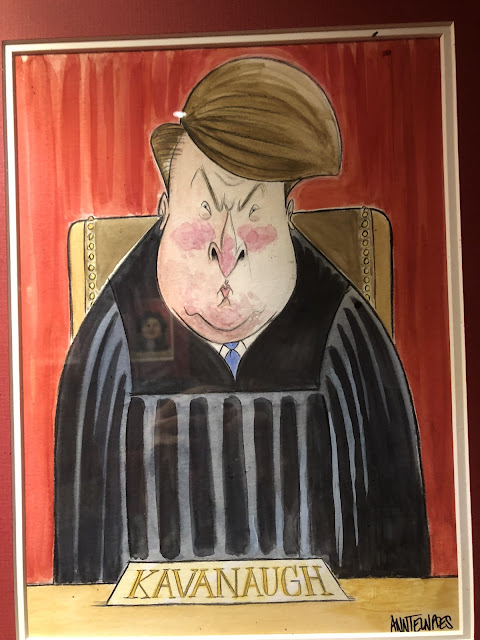Located at 2401 Foxhall Road NW, the Kreeger Museum was once the private residence of David and Carmen Kreeger, passionate art collectors and philanthropists. In 1994, their home was transformed into a public museum, showcasing an extensive collection of 19th- and 20th-century artworks.
The museum’s permanent collection features pieces by renowned artists such as Claude Monet, Pablo Picasso, Vincent van Gogh, Auguste Renoir, and Edgar Degas, along with works by modern artists. While I didn’t find the overall collection particularly compelling, I did appreciate a few standout pieces, especially those by Picasso and van Gogh.
What captivated me most, however, was the museum’s architecture. I especially enjoyed viewing it from the outside and from the terrace. The terrace itself is beautifully designed, with a very high ceiling and an open, airy layout that felt both welcoming and peaceful.
The sculptures on the terrace are also quite striking, offering a strong visual contrast to the building’s white travertine exterior.
The building was designed in 1963 by architect Philip Johnson, in collaboration with Richard Foster. Constructed with travertine and featuring vaulted ceilings, it was thoughtfully envisioned as both a residence and a future museum.
Outside, the museum grounds include a sculpture garden that blends art harmoniously with the natural landscape.
One piece I particularly liked was a sculpture installation by German artist Rainer Lagemann: three climbing human figures attached to the wall, titled Sean (2014), Sara (2013), and Jess (2014). It’s a subtle installation that’s easy to miss—fortunately, our tour guide pointed it out!

























































